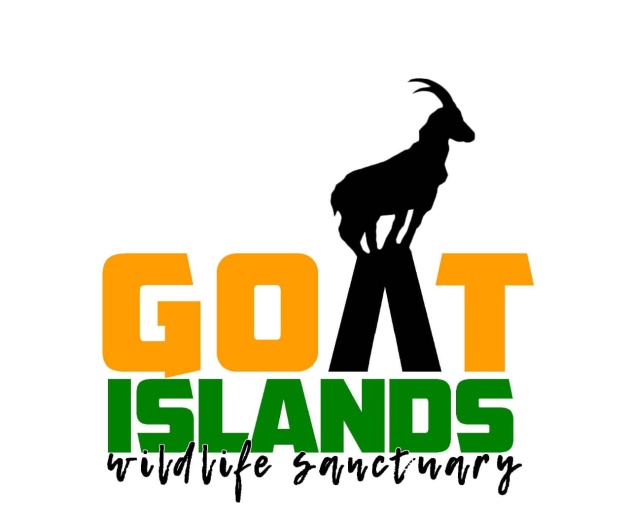GOAT ISLAND WILDLIFE SANCTUARY
In 2016 the Government of Jamaica announced that the initial plans to develop a transshipment port at Great Goat Island were no longer being considered. The UDC saw this as a very important opportunity to continue its conservation efforts for the flora and fauna in the Hellshire Hills and therefore proposed to develop the Goat Islands Wildlife Sanctuary. On completion, this Sanctuary will prove to be one of the most pivotal actions to truly give the Jamaican Iguana and other Jamaican endemics, and endangered species, a lifeline against extinction, by re-establishing viable populations; protecting them from potential threats, and allowing for continued research into our island’s natural wealth.
Goat Islands
Great Goat Island
Teeming with life, this island is a dry limestone forest that is home to many habitats including dry limestone forest, wetlands, seagrasses and coral reefs. It is widely believed that the landscape of the Goat Islands was once lush with several endemic species including the Jamaican Iguana and Yellow Boa (Epicrates subflavus). However, due to introduced mammals and habitat degradation, several of these species no longer exist there.
Little Goat Island
The smaller and most disturbed of the two islands as it was once a US Naval base
Heritage
The islands are also a very important cultural and heritage site as it was once inhabited by the Spanish, British and in 1940 the United States of America established a naval base on Little Goat Island.
This bold project will be executed with the involvement of a wide range of stakeholders and local interest groups. To date, a five-year management plan has been developed with key actions to include Zoning, Biodiversity Conservation, Enforcement, Public Awareness and Cultural Conservation. Thus far stakeholder meetings have been held with representatives of the public and private sector as well
as community consultations have been hosted with the Old Harbour Bay community. The UDC is actively conducting baseline assessments including terrestrial and marine assessments which will inform the development of the Plan for the Sanctuary and this is expected to be completed in 2022.
Making the Sanctuary
The development of the Sanctuary is envisioned to be a means of safeguarding the viability of the wildlife sanctuary, while allowing the Corporation to create opportunities for local communities, through partnerships and sustainable development.
The need to fund such a major project, from initial investment to long-term support over the lifetime of the sanctuary, has resulted in Little Goat Island being proposed as an eco-tourism venture.
Other Opportunities:
Sustainable livelihoods
There are many townships within and around the Hellshire Hills and Goat Islands, where people rely on exploitation of natural resources for their livelihoods. Each year, the HH&GI sees increased threats from over-hunting and -fishing, deforestation, pollution from agriculture, mangrove destruction for aquaculture, and the introduction of invasive species.
The establishment of wildlife sanctuary and supplementary projects, will provide sustainable opportunities for families within the area to earn a living, while reducing pressures on the natural environment.
Combating Climate Change
As part of the PBPA, the coastline of the Hellshire Hills and Goat Islands is lined with mangroves. The wider area has been designated a Ramsar Site, due to its status as the nation’s largest contiguous mangrove stand, spanning 8,000 ha. These mangroves widely recognised as being important for fisheries (as nurseries), for shoreline protection and stabilisation, and as wildlife habitat.
These mangroves also act as a store for carbon.
Carbon Sinks
Mangrove forests are highly productive and carbon-rich. It is thought that if mangrove forests are disturbed, with their stores of belowground pools of root and soil carbon, there is potential for significant GHG. In addition to its mangroves, the expansive dry limestone forests of the Hellshire Hills also act as an important carbon sink for Jamaica.
With such a wide area capturing atmospheric CO2, Jamaica can engage in carbon trading through the Reducing Emissions from Deforestation and Forest Degradation (REDD+) mechanism; participation in which is being spearheaded by MHURECC.
Sustainable housing and community planning
Providing housing, urban services and investment opportunities



